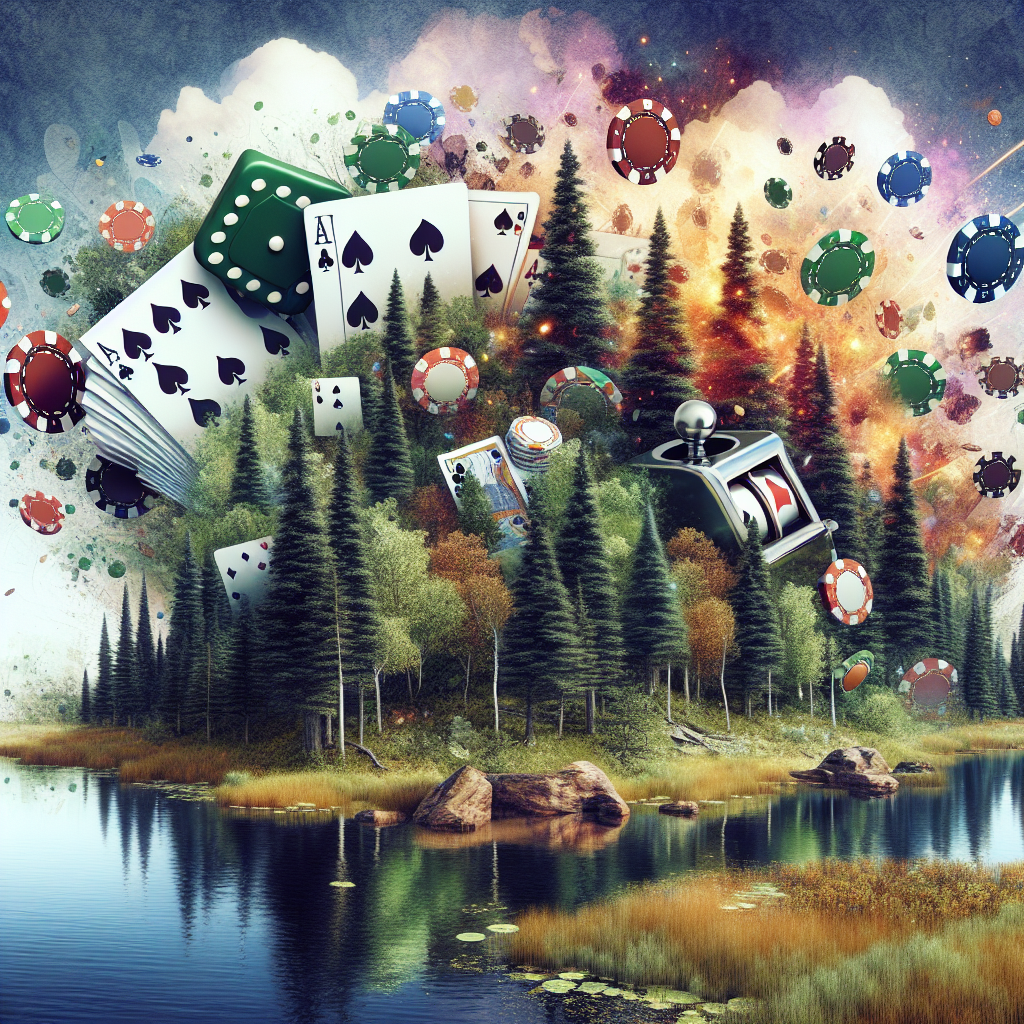Gambling has a long and tumultuous history in the state of Minnesota, with the industry experiencing significant growth and evolution over the years. From the early days of illegal underground casinos to the massive tribal gaming establishments that now dominate the landscape, gambling has become a major industry that generates billions of dollars in revenue each year.
The roots of gambling in Minnesota can be traced back to the 19th century, when settlers and pioneers would often engage in card games and other forms of wagering as a way to pass the time and potentially win some extra cash. However, it wasn’t until the mid-20th century that gambling truly began to take off in the state.
One of the key turning points for gambling in Minnesota came in 1945, when the state legislature legalized charitable gambling as a way to raise funds for various community organizations and charitable causes. This decision opened the door for a wide range of gambling activities, including bingo, raffles, and pull-tab tickets, to flourish in the state.
In the following decades, the landscape of gambling in Minnesota continued to shift and evolve. In the 1980s, Native American tribes in the state began to open their own casinos, taking advantage of the Indian Gaming Regulatory Act of 1988, which allowed tribes to operate gambling establishments on their reservations. These tribal casinos quickly became some of the most popular and profitable in the state, drawing in visitors from across the region and even from out of state.
Today, Minnesota is home to a thriving and diverse gambling industry, with a wide range of options for players to choose from. In addition to tribal casinos, the state also boasts numerous racetracks, card rooms, and even a state-run lottery. The industry generates billions of dollars in revenue each year, providing a significant economic boost to the state and creating thousands of jobs for Minnesotans.
However, the growth of the gambling industry in Minnesota has not been without its controversies. Critics argue that gambling can lead to addiction and financial hardship for some individuals, and there have been calls for tighter regulations and oversight of the industry. Additionally, some argue that the proliferation of gambling establishments can have negative social impacts, such as increased crime rates and problem gambling behaviors.
Despite these challenges, gambling continues to be a major industry in Minnesota, with no signs of slowing down anytime soon. As the industry continues to evolve and expand, one thing is clear: gambling has become a major part of the state’s economy, culture, and entertainment landscape. And with the potential for even further growth and development in the future, the future of gambling in Minnesota looks bright.

